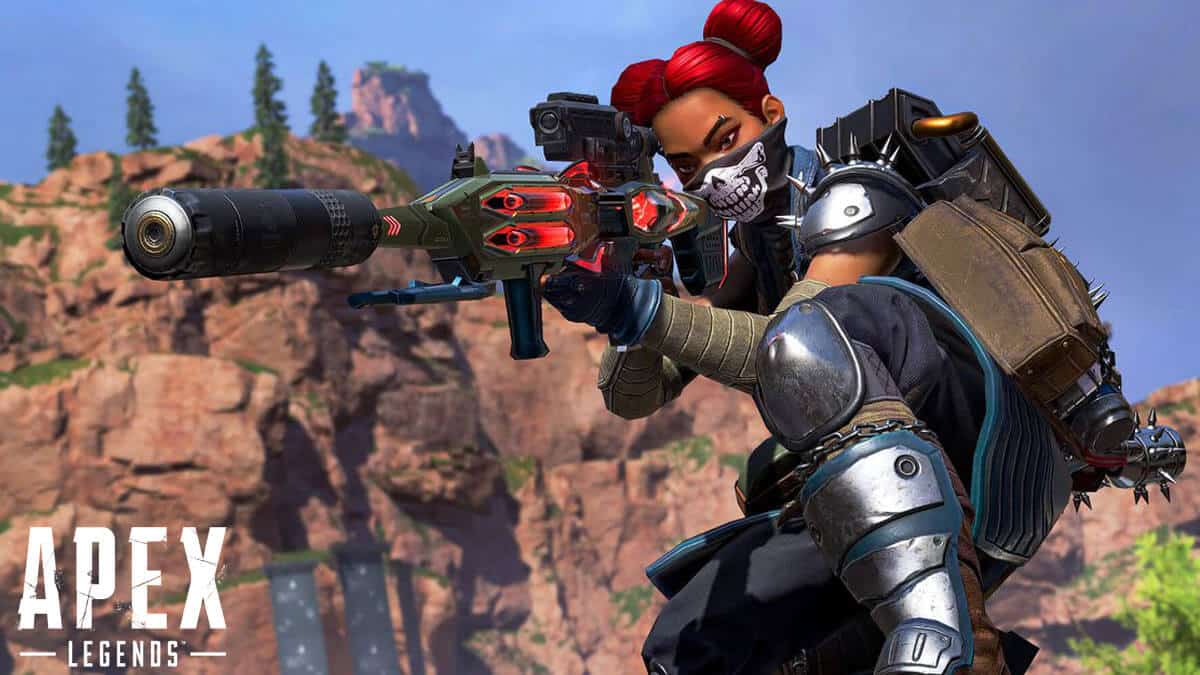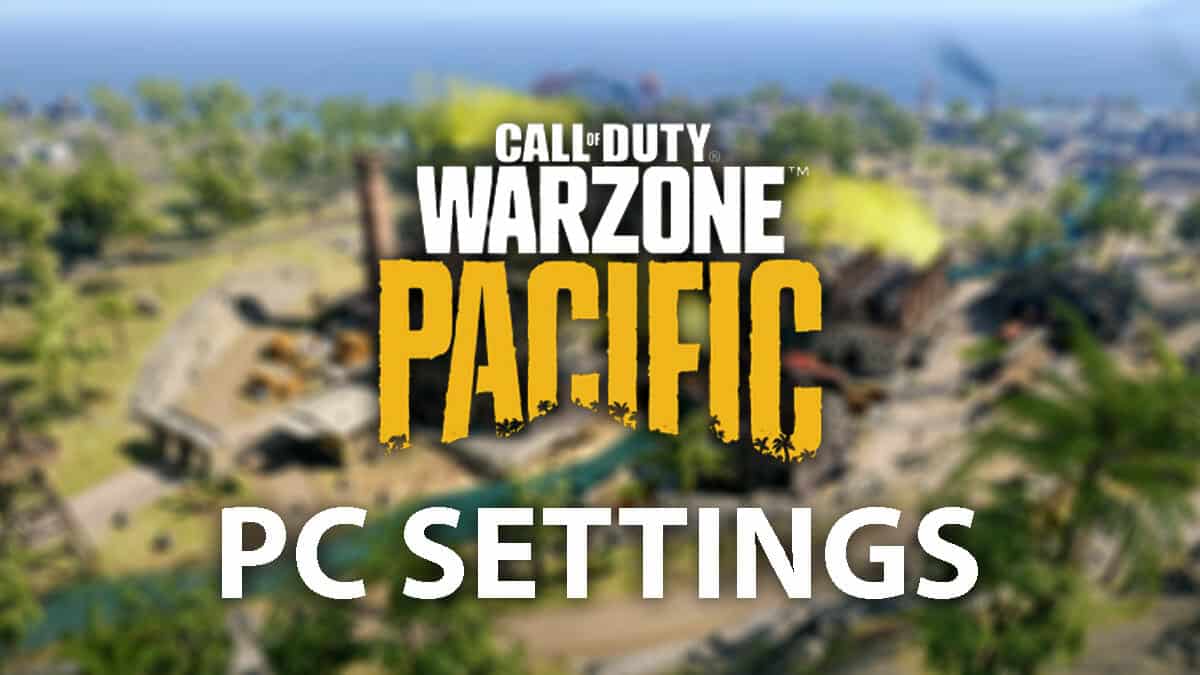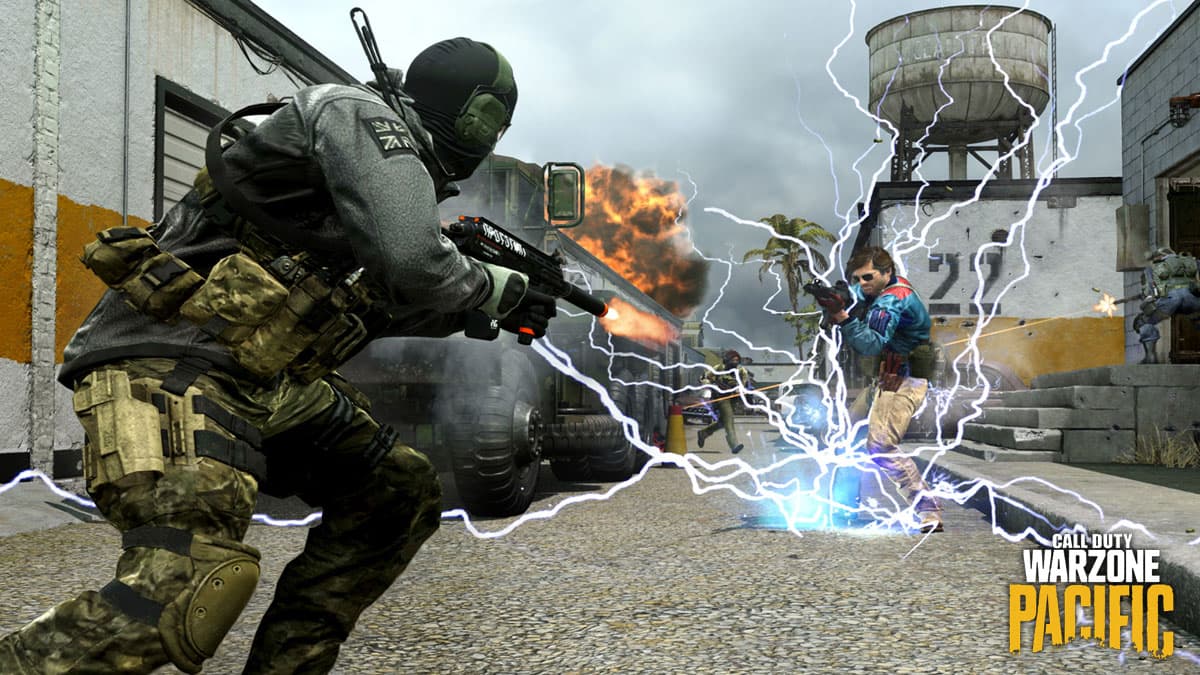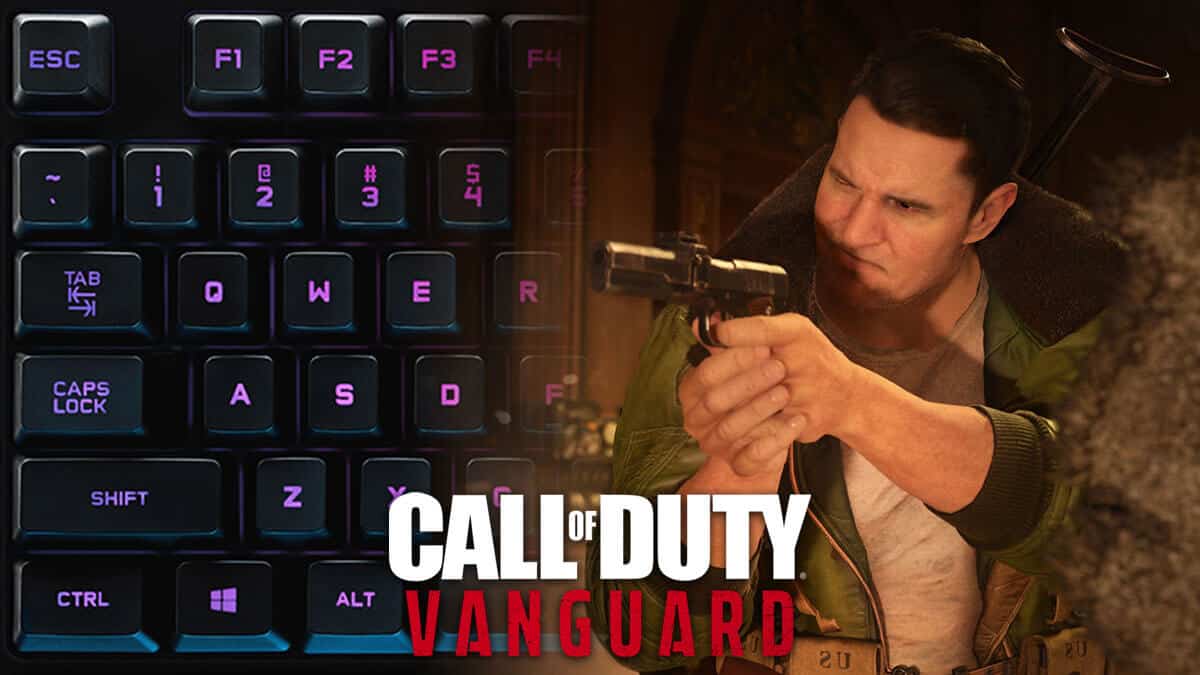Best PC settings for Black Ops Cold War Season 5
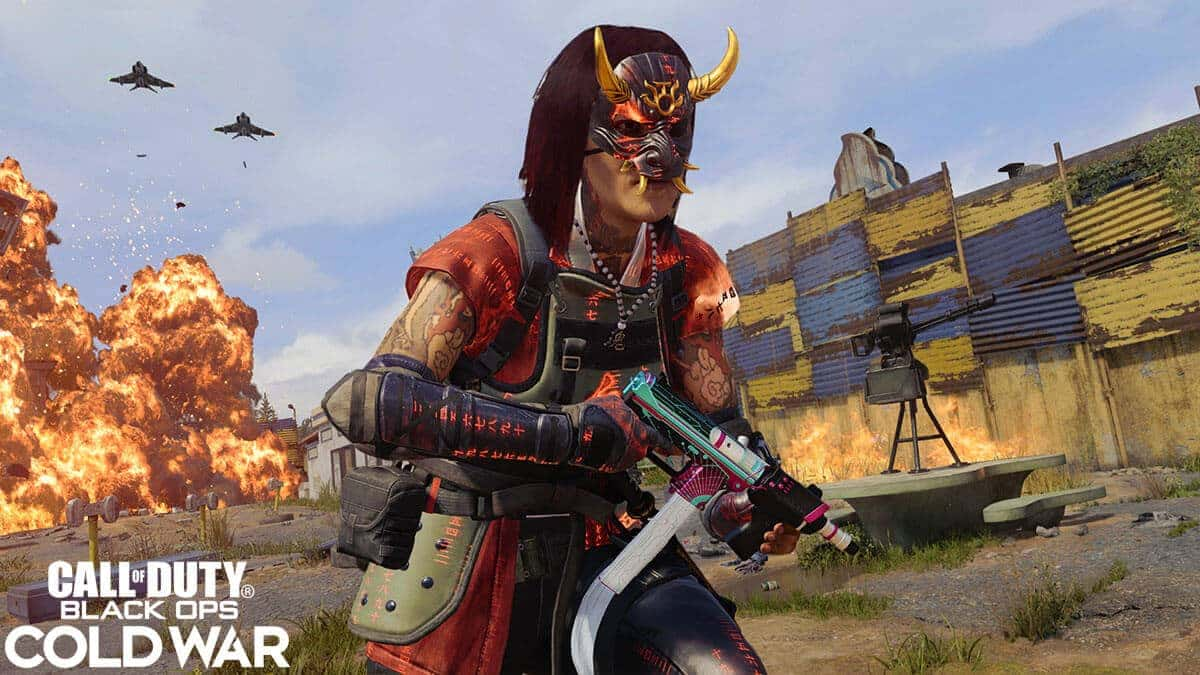
Frames-per-second is an extremely important stat while playing Call of Duty, so to help you get the most out of your rig, here are the best Black Ops Cold War settings for your PC.
In first-person shooters like Call of Duty, maximizing your frames-per-second can give you a huge advantage over other players. Higher FPS means smoother gameplay, improving your reaction time and ability to track moving targets.
With Black Ops Cold War Season 5 in full swing and new weapons to master, you’ll want to be playing at your best.
The biggest crutch on your frame output will be your hardware. Here, we’ll be going over everything you need to get the optimal performance from your system when playing Black Ops Cold War on PC.
- Black Ops Cold War System Requirements
- How to update graphics drivers
- How to use DLSS in Black Ops Cold War
- Best Black Ops Cold War graphics settings for low-end hardware
- Best Black Ops Cold War graphics settings for high-end hardware
- How to use NVIDIA filters in Black Ops Cold War
Black Ops Cold War System Requirements
Before customizing your graphics settings, it’s worth taking a look at Treyarch’s System Requirements chart for Black Ops Cold War.
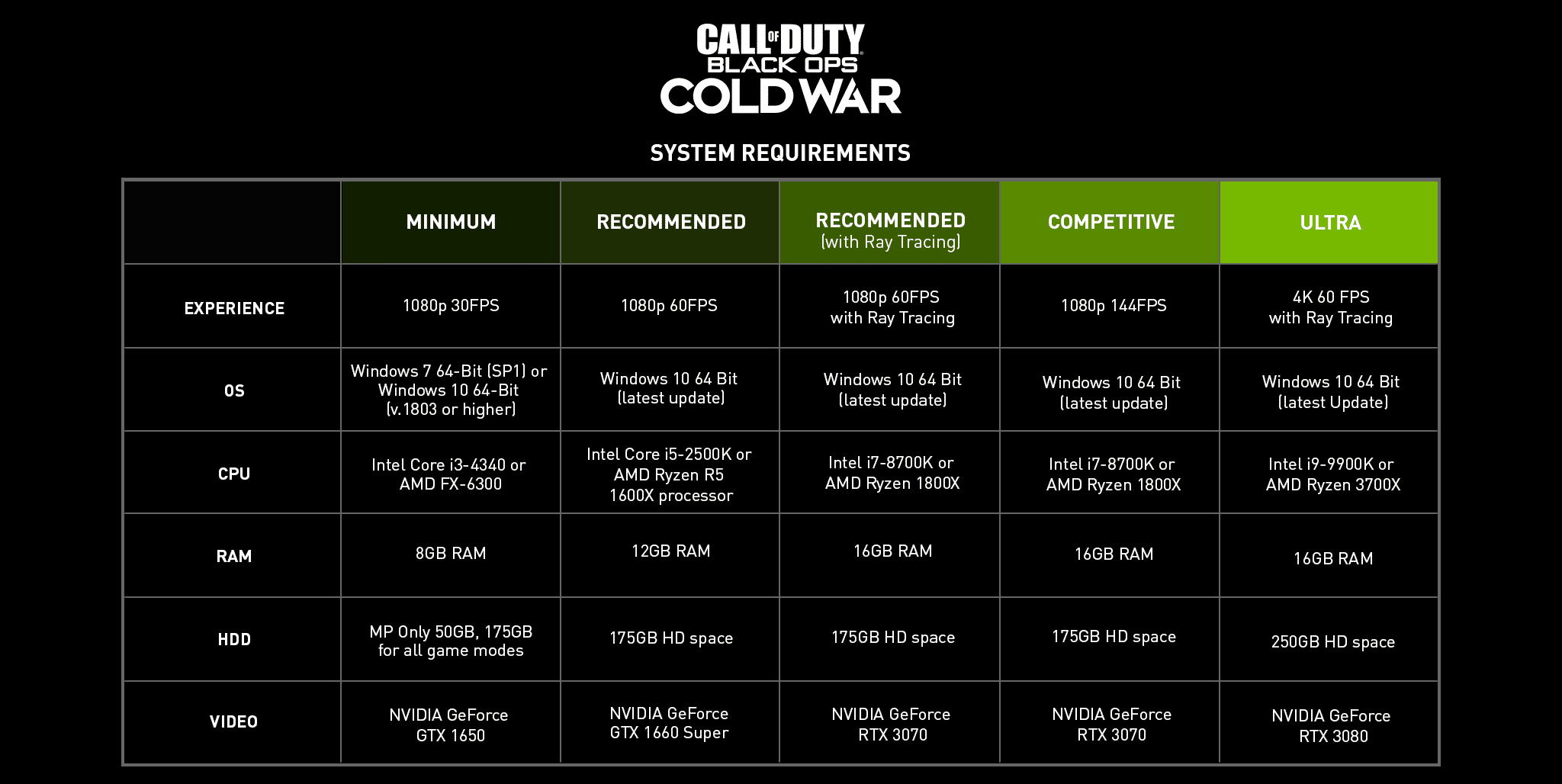
From looking at this chart, you’ll be able to tell what kind of performance to expect from your system. Our graphics settings assume you’ve met the minimum requirement, and will give you the optimum settings for visuals and performance, no matter your rig.
How to update graphics drivers
To get the optimal performance from your system and make Cold War run as smoothly as possible, you need to make sure your graphics drivers are up-to-date.
Here’s how to update your graphics drivers.
How to update NVIDIA graphics driver
If you have an NVIDIA graphics card, the GeForce experience app will handle this for you.
- Download GeForce experience through NVIDIA.com.
- Open GeForce experience
- Select the ‘Drivers’ tab
- Click ‘check for updates’ in the upper right corner
- If an update is available, follow the steps
How to update AMD graphics driver
If you have an AMD GPU, you can use the Radeon Settings to update your drivers.
- Right click on your desktop
- Select AMD Radeon Settings
- Click on the Home icon
- Click ‘New Updates’ on the bottom left
- Select ‘check for update’
- If an update is available, follow the steps
How to use NVIDIA DLSS in Black Ops Cold War Season 5
What is NVIDIA DLSS?
NVIDIA’s DLSS (Deep Learning Super Sampling) technology arrived in Warzone in Season 3, but Cold War players have been able to take advantage of it since the game’s launch. If you have an NVIDIA RTX graphics card, you can get much more bang for your buck.
Whether playing the campaign or the multiplayer in 4K, DLSS will allow you to have amazing visuals without lowering your framerate. It will set your game to a lower resolution but give the appearance of high resolution – the best of both worlds.
How to turn on DLSS in Cold War
Turning on DLSS in Black Ops Cold War is simple, as it’s included in the Post Processing Effects tab in Settings. From here, you can set DLSS to Ultra Performance, Performance, Balanced, or Quality.
Ultra Performance will give you the most frames but won’t be as visually appealing, and Quality will retain the impressive picture.
Best Black Ops Cold War graphics settings for low-end hardware
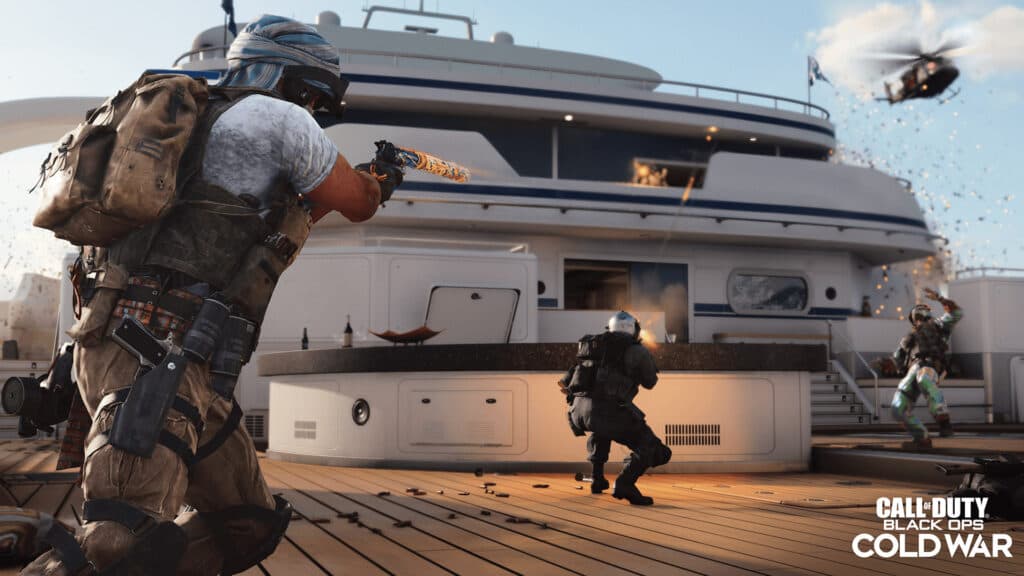
If you’re playing Black Ops Cold War on NVIDIA’s 1000 series graphics card, your best bet is to put most of the settings on low. Although pretty visuals are great, you want BOCW to be running as smoothly as possible so you can be playing at your best.
Here are the settings you should be running if your system is a few years old.
Hardware
- Refresh rate: Match your monitors refresh rate
- Gameplay V-Sync: Disabled (Unless you have bad screen tearing)
- Menu V-Sync: Disabled
- Render Resolution: 100 (lower if your system is struggling)
- NVIDIA Reflex Low Latency: Enabled (Boosted)
Display
- Field of View: 90-110
- ADS Field of View: Affected
- Vehicle Aiming Field of View: Affected
- Framerate Limit: Custom
When setting a custom framerate, you want to set the Gameplay Custom Framerate limit to match your monitor’s refresh rate, e.g 144 FPS on a 144hz monitor.
You should set the Menu Custom Framerate Limit to 60, and the frame rate when Minimized to 30.
Details & Texture
- Texture Quality: Low/Medium
- Model Quality: Low
- Special Effects Quality: Medium
- Screen Space Reflection: Low
- Object View Distance: Low (This is a CPU heavy option)
Shadow and Lighting
Shadows affect FPS the most. On a lower-end graphics card, shadows will be an unnecessary load for your system to run, so you’re better off setting everything to Low. However, you should set ‘Dynamic Shadows’ to All, as this will allow you to see enemies’ shadows.
- Volumetric Lighting: Low
- Shadow Quality: Low
- Dynamic Shadows: All
- Special Effect Shadows: Disabled
- Weapon Shadow: Disabled
Ray Tracing
Unfortunately, Ray Tracing is a graphically advanced rendering technique that older systems won’t be able to handle.
- Ray Tracing Sun Shadows: Disabled
- Ray Tracing Local Shadows: Disabled
- Ray Tracing Ambient Occlusion: Disabled
Post Processing Effects
- Anti-Aliasing Quality: Lowest
- Ambient Occlusion Quality: Low
- Motion Blur: Disabled
- Subsurface Scattering: Disabled
- Order Independent Transparency: Low
Advanced
- VRAM Usage Target: Default 80% (if you are experiencing hitching in-game, try 70%)
- Display Adapter: The graphics card you want to use
Best Black Ops Cold War graphics settings for high-end hardware
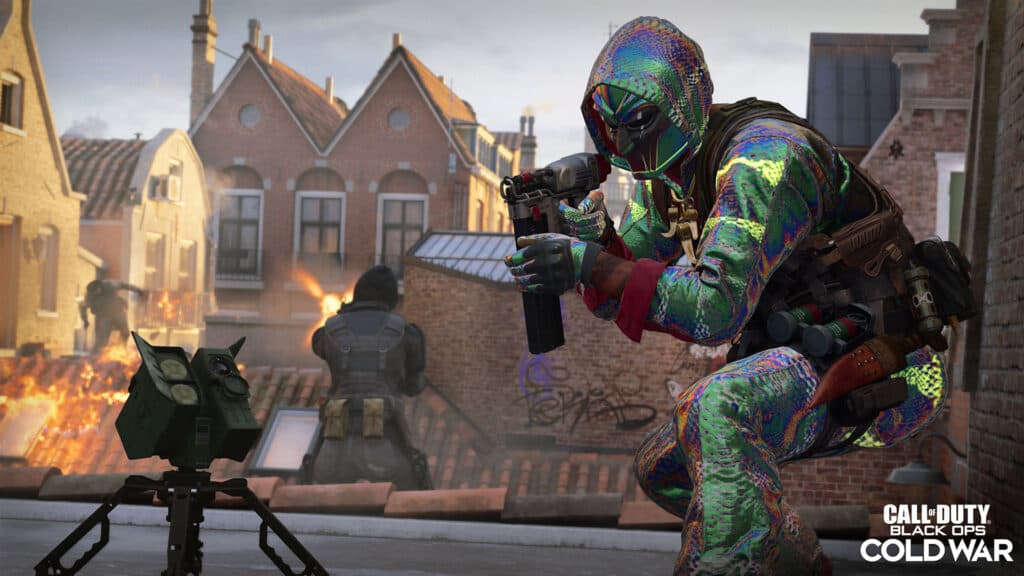
There’s no point in forking out over $1000 dollars for the best hardware if you’re not going to take advantage of it. Using the same graphics settings as a lower-end rig will grant you high FPS, but you’ll lose out on the high-quality visuals these expensive GPUs and CPUs can easily handle.
With high-end graphics cards such as the NVIDIA 2080 ti or the 3000 series, you’ll be able to have Cold War looking the best it possibly can, and still have competitive performance.
We’ve put together graphics settings that combine Black Ops Cold War’s high-quality visuals with competitive performance.
Hardware
- Refresh rate: Match your monitors refresh rate
- Gameplay V-Sync: Disabled (Unless you have screen tearing)
- Menu V-Sync: Disabled
- Render Resolution: 100 (lower if your system is struggling)
- NVIDIA Reflex Low Latency: Enabled (Boosted)
Display
- Field of View: 90-110
- ADS Field of View: Affected
- Vehicle Aiming Field of View: Affected
- Framerate Limit: Custom
When setting a custom framerate, you want to set the Gameplay Custom Framerate limit to match your monitor’s refresh rate, e.g 165 FPS on a 165hz monitor.
Even with high-end systems, you should set the Menu Custom Framerate Limit to 60, and the Minimized frame rate to 30. There’s no need for high frames when in the menus or minimized.
Details & Texture
- Texture Quality: High
- Model Quality: Medium/High
- Special Effects Quality: High
- Screen Space Reflection: Medium
- Object View Distance: Medium
Shadow and Lighting
Shadows affect FPS the most. When playing on a high-end graphics card such as the 3000 series, you’ll be able to run these at high without it massively affecting your performance.
For a balance between visuals and performance, you should use these settings.
- Volumetric Lighting: Medium
- Shadow Quality: Medium
- Dynamic Shadows: All
- Special Effect Shadows: Disabled
- Weapon Shadow: Disabled
Ray Tracing
If you have a 3000 series graphics card, you can take advantage of the new Ray Tracing technology. It will give an unnecessary hit to your performance in multiplayer, but it’s worth using when playing Cold War’s campaign.
- Ray Tracing Sun Shadows: Disabled
- Ray Tracing Local Shadows: Disabled
- Ray Tracing Ambient Occlusion: Disabled
Post Processing Effects
- NVIDIA DLSS: Off
- Anti-Aliasing Quality: High
- Ambient Occlusion Quality: Medium
- Motion Blur: Disabled
- Subsurface Scattering: Disabled
- Order Independent Transparency: Low
Advanced
- VRAM Usage Target: Default 80% (if you are experiencing hitching in-game, try 70%)
- Display Adapter: The graphics card you want to use
How to use NVIDIA filters in Black Ops Cold War Season 5
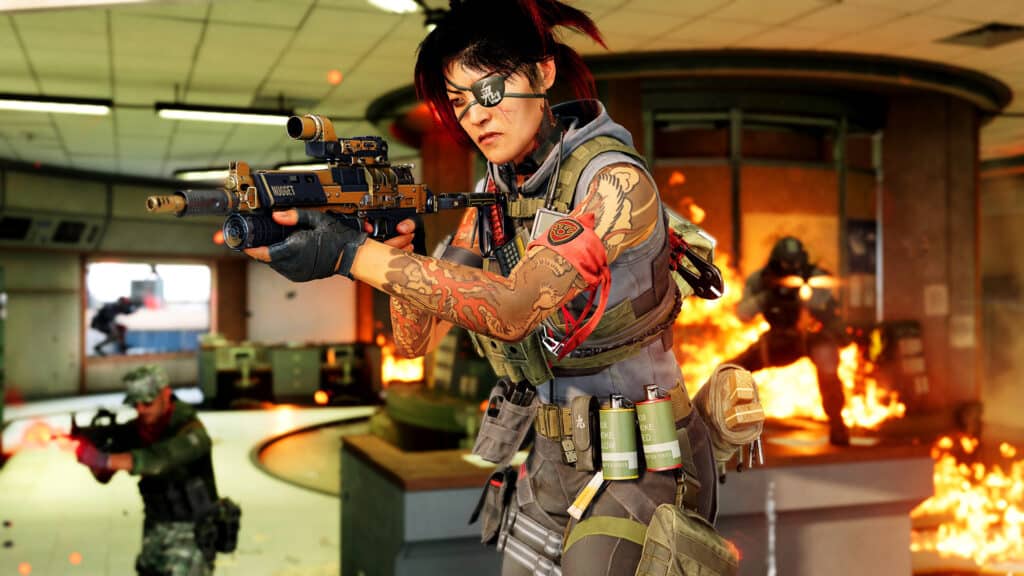
Various Black Ops Cold War streamers and content creators often use NVIDIA filters to make their version of the game look much more polished and colorful.
These filters can increase the game’s brightness and color saturation, which looks pretty and gives you better visibility. We’d only recommend using these on a high-end system, as it will give a slight hit to your FPS.
Here’s how to apply NVIDIA filters to Black Ops Cold War.
- Open GeForce Experience
- Go to Settings
- Enable in-game overlay
- Launch Black Ops Cold War
- Open GeForce Experience’s in-game overlay with ‘Alt+Z’
- Go to ‘Game Filter’
- Use these settings:
Details
- Sharpen: 60%
- Ignore Film Grain: 0%
Color
- Tint Color: 0%
- Tint Intensity: 0%
- Temperature: 0
- Vibrance: 100
Brightness/Contrast:
- Exposure: 0%
- Contrast: 0%
- Highlights: 30%
- Shadows: -30%
- Gamma: 0%
Your game will now look even more bright and vibrant, making Black Ops Cold War even more pleasing to look at and play.
No matter your system, you can use these graphics settings to improve Black Ops Cold War’s performance and visuals on your system.
You can also check out our guide on getting high frames on Warzone, no matter your system.
Image Credit: Activision / Treyarch
